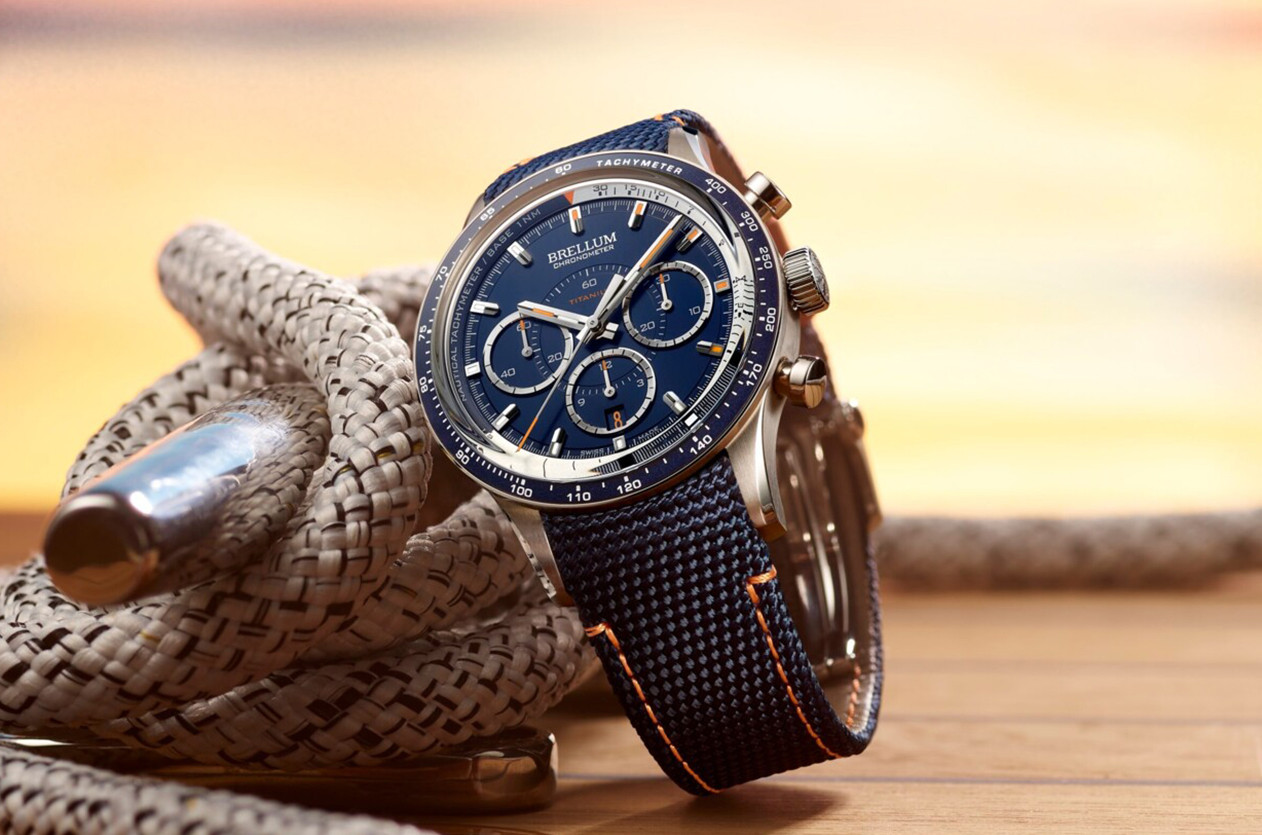
Introducing The Brellum Pandial Marina Tricompax Chronometer
Welcome to the hub of the horoloy
A rare complication now is added to the IWCs catalogs
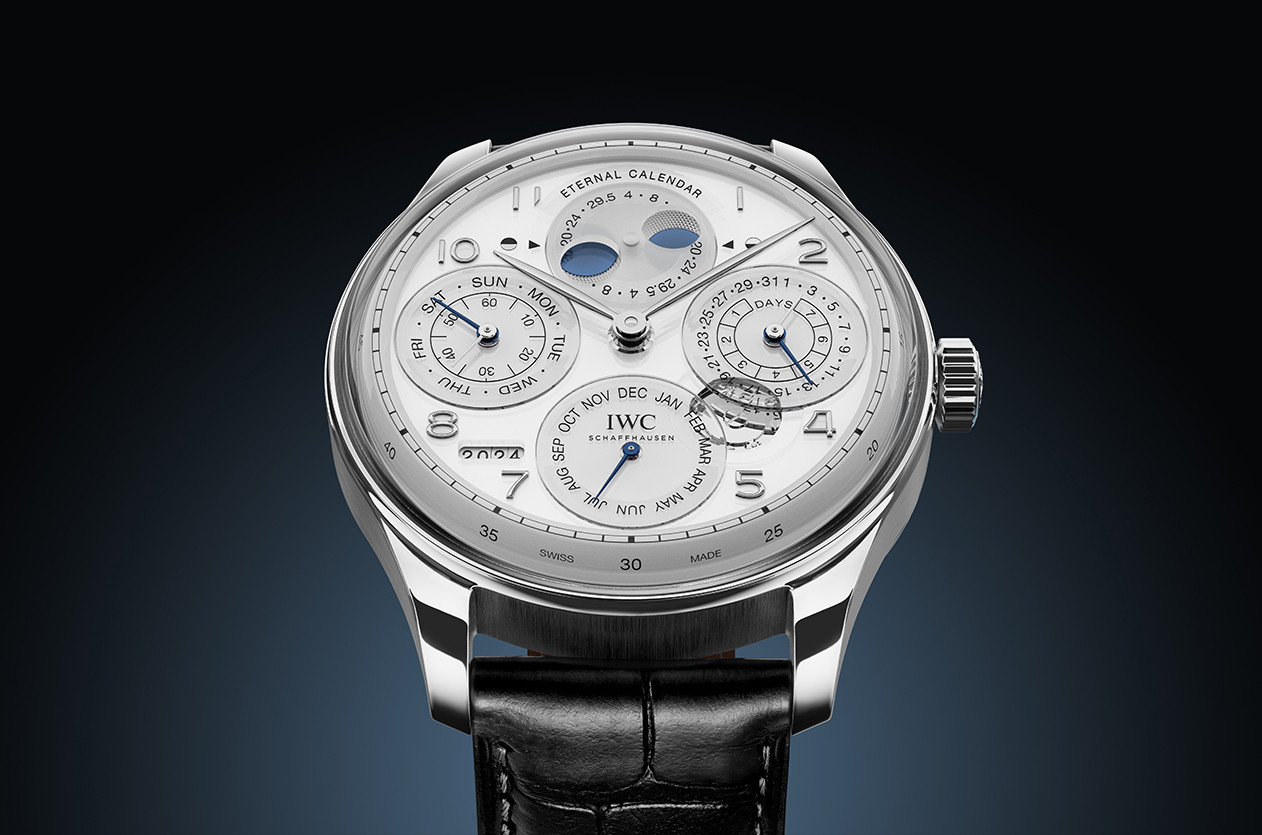
Converting the irregular calendar into a mechanical algorithm for a wristwatch poses one of the most formidable challenges in the realm of watchmaking. The Gregorian calendar segments the year into twelve months with varying lengths of 28, 30, or 31 days. Leap years, occurring every four years, necessitate the addition of a 29th day to February. However, an additional adjustment is required to maintain synchronization with the solar year; centurial years divisible by 400 are leap years, while others are common years. Consequently, 2000 and 2400 are leap years, whereas 2100, 2200, and 2300 are common years.

Traditional perpetual calendars are programmed for a four-year cycle, assuming three common years followed by a leap year, inadvertently misinterpreting years like 2100 as leap years and necessitating correction. Such corrections occur three times within a 400-year span. During Watches and Wonders 2024, IWC unveils the Portugieser Eternal Calendar, marking its inaugural secular perpetual calendar.
 |  |
Beyond accommodating varying month lengths and incorporating leap days every four years, the “Portugieser Eternal Calendar” intricately addresses the complexities of the Gregorian calendar's leap-year exception rules. A newly devised gear ensures the calendar automatically omits three leap years over four centuries. As we have seen in the “Furlan Marri Pièce Unique For Only Watch 2023", the Secular Calendar is an exceptional variant of the Perpetual Calendar complication, possessing an advanced capability to accommodate extraordinary non-leap years such as 2100, 2200, and beyond. The sophistication of their movements is rarely seen, only a select few watches have been crafted with the intricate mechanisms.
 As for the specification, the Portugieser Eternal Calendar comes in a platinum case measuring 44.4 mm in diameter and 15 mm in thickness, with a double box sapphire crystal that is coated with an anti-reflective coating on both sides for enhanced clarity.
As for the specification, the Portugieser Eternal Calendar comes in a platinum case measuring 44.4 mm in diameter and 15 mm in thickness, with a double box sapphire crystal that is coated with an anti-reflective coating on both sides for enhanced clarity.
 |  |
The underside of the dial is frosted and lacquered in white, while the upper disc is made of glass. The dial showcases a moon phase indicator at 12 o'clock through the distinctive Double Moon indication, and presents the moon's appearance from both the Northern and Southern hemispheres. At the 3 o'clock position, a disk showcases two hands, one for the power reserve indicator and the other indicating the date. At the 6 o'clock position, lies the month indicator, while the disk at 9 o’clock also includes two hands, one for the small seconds and the other indicating the day. Additionally, a rectangular year window can be spotted between 7 & 8 o'clock. Numerals and the iconic Portugieser minute scale are printed on a flange situated between the glass dial and the front glass.
 |  |
The new IWC-manufactured 52640 caliber is powering the watch, boasting a highly efficient Pellaton winding system. By harnessing the movements of the 18k gold rotor in both directions, this system consistently accumulates an impressive power reserve of seven days (168 hours) across its two barrels, and operates at 28,800 vph (4 Hz). The movement is finished with circular graining and Geneva stripes, offering a visually appealing spectacle through the box-shaped sapphire glass case back. The watch comes with a black alligator leather strap sourced from Santoni, secured with a platinum folding clasp.
For more information please visit IWC’s official website.
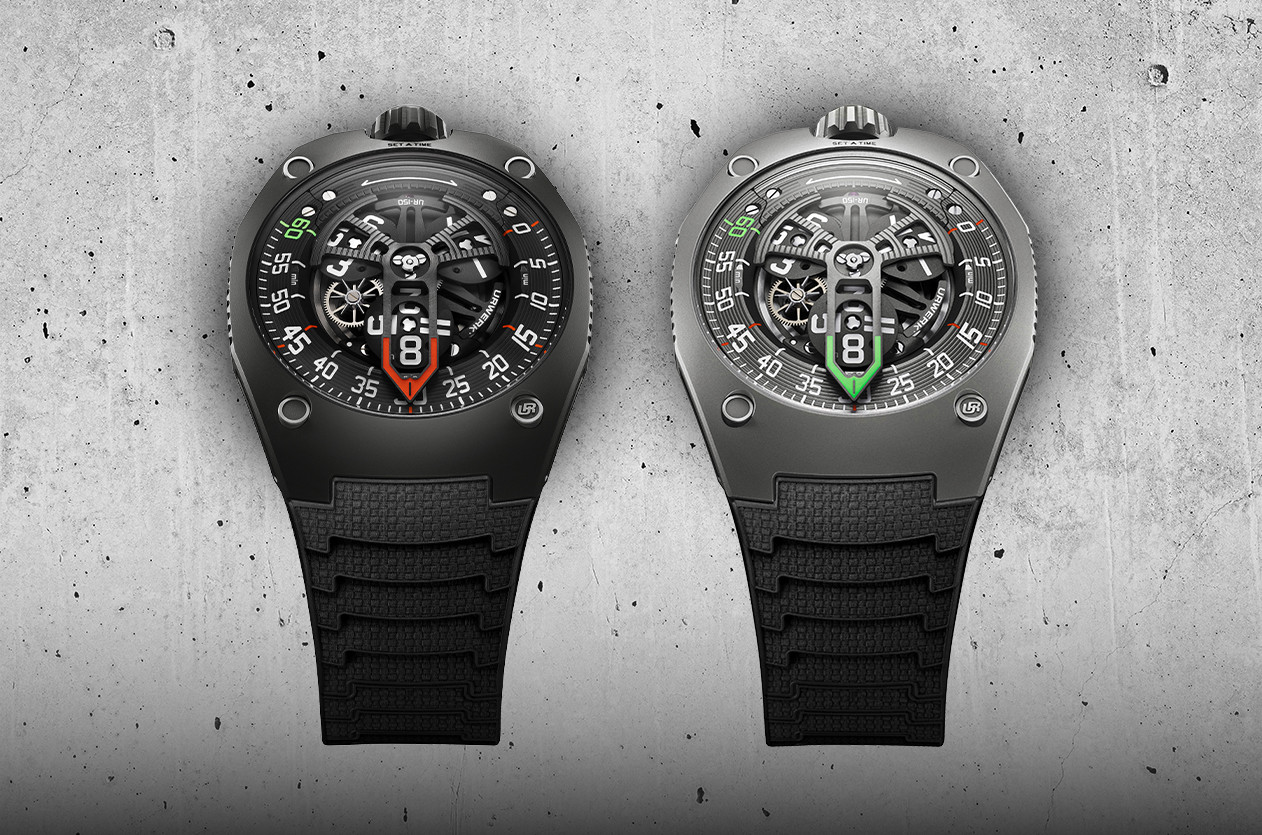
Introducing URWERK Unveils Its Latest Creation: The UR-150 Scorpion
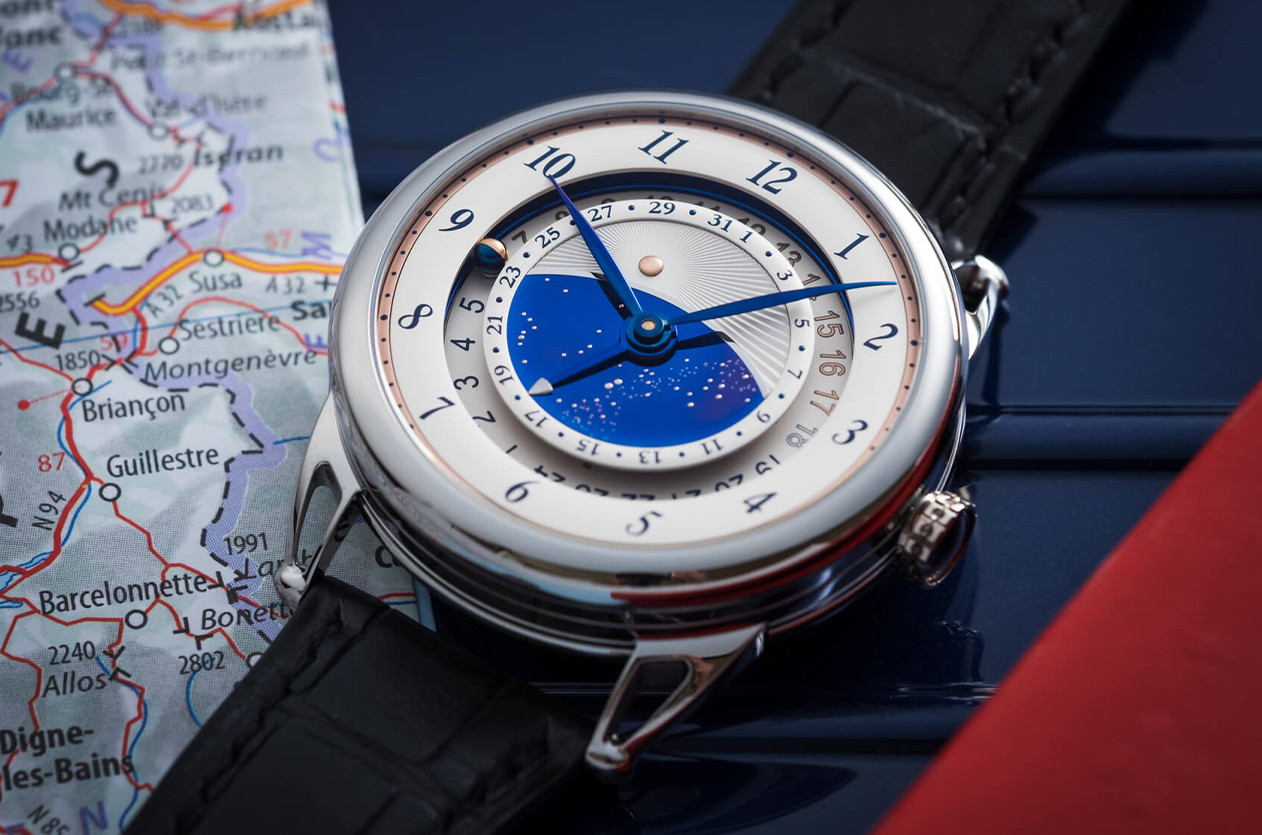
Editorial De Bethune, Pioneering Innovation Through Time

Introducing Daniel Roth Unveils New Tourbillon Souscription
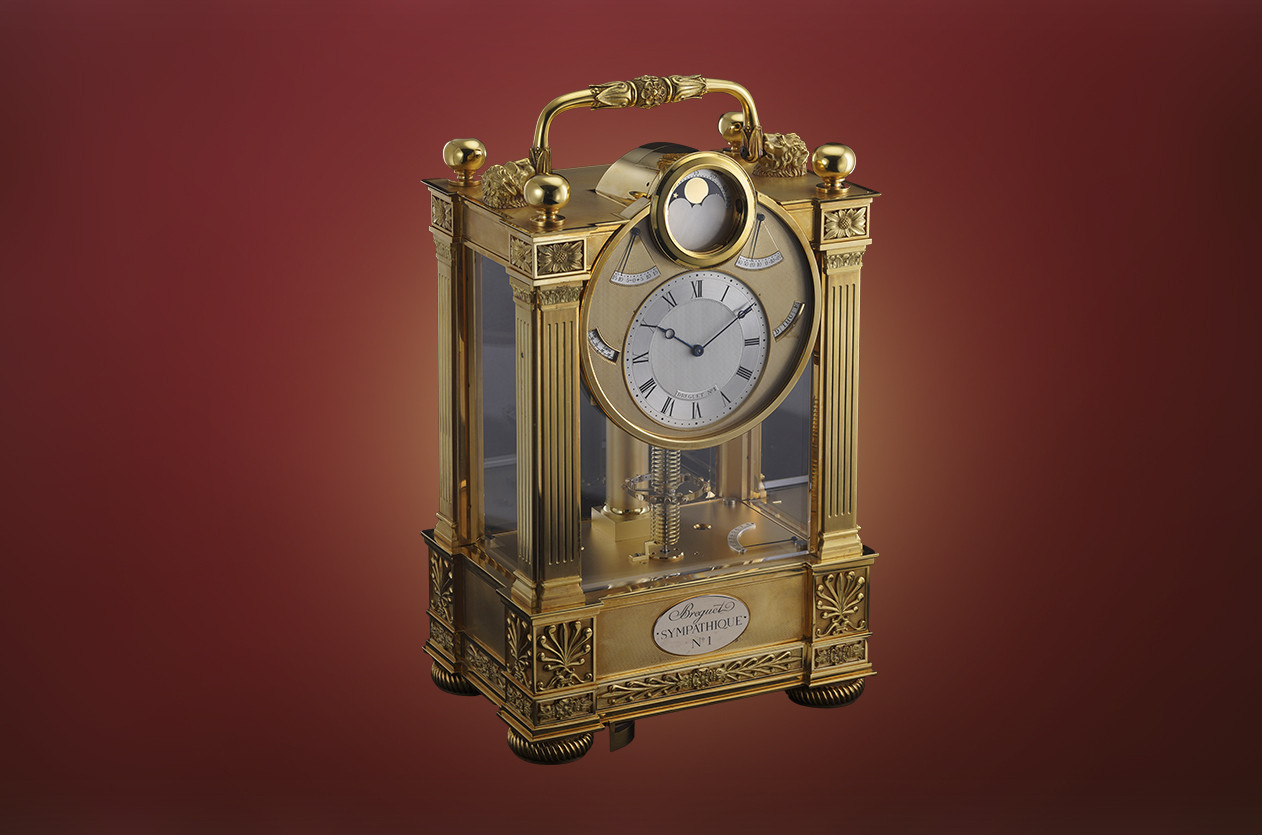
Auction F.P. Journe Wins the Battle for a Breguet Legend
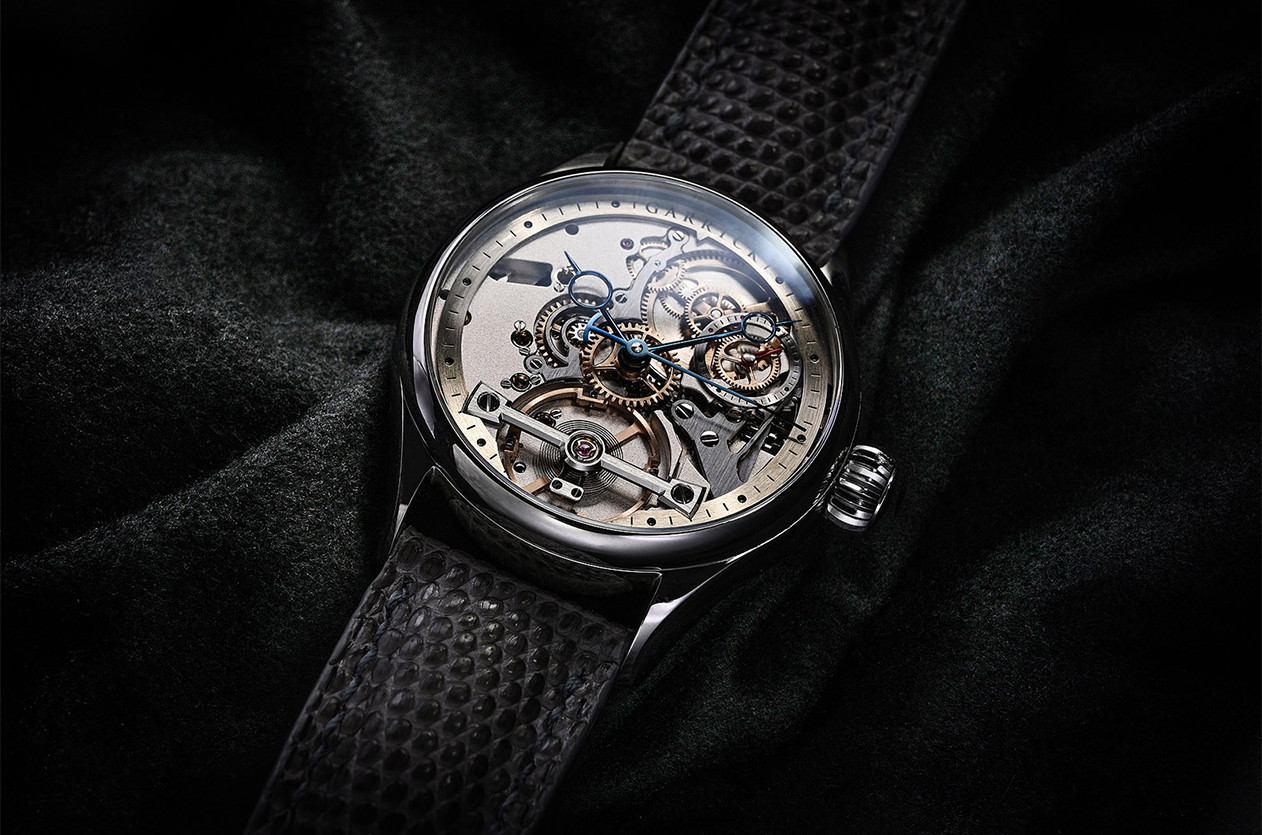
Introducing The S3 Deadbeat Seconds Power Reserve from Garrick

Editorial U.S. Tariffs and the Dollar Rate, A New Challenge for the Swiss Watch Industry

News Dubai Watch Week 2025 Will Be the Largest Ever with 90 Brands Participating

Auction Phillips Achieves CHF 43.4 Million at the Geneva Watch Auction XXI
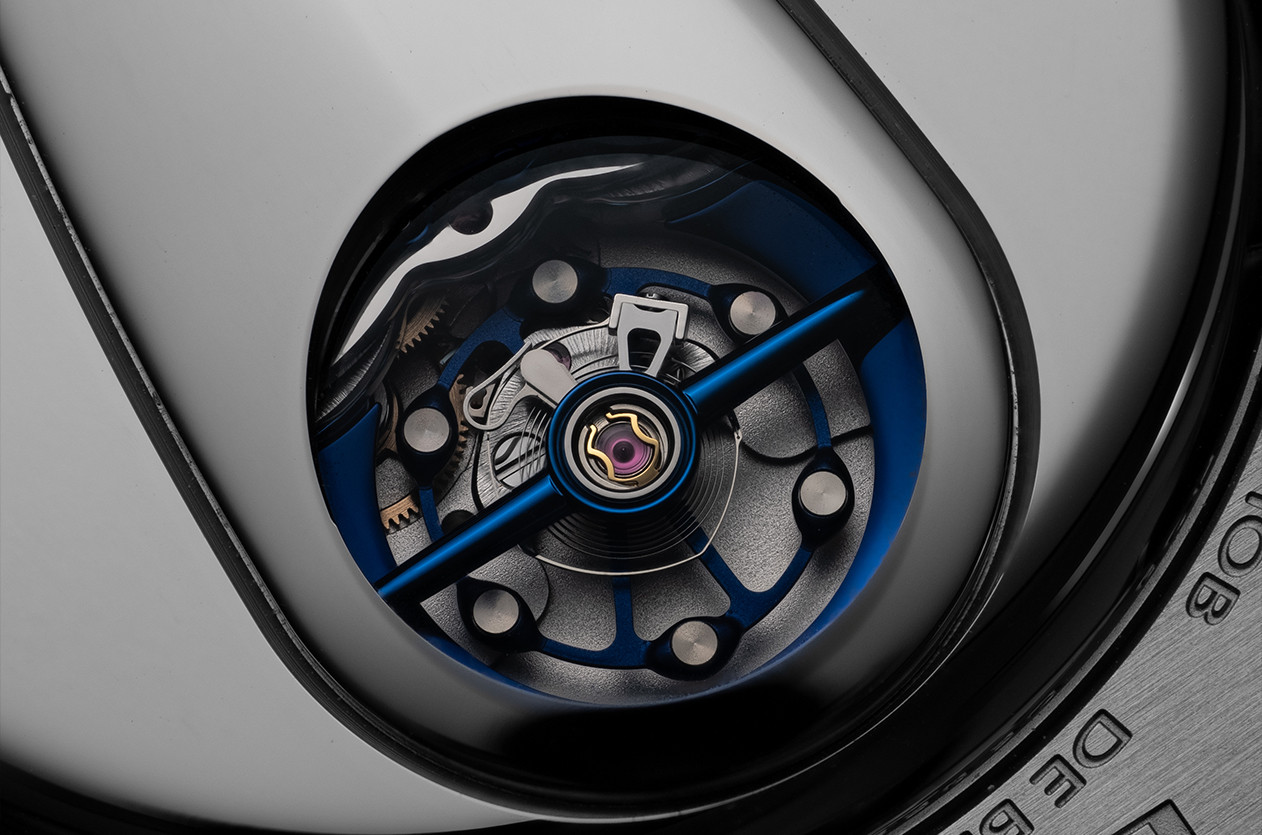
Technical The Frequency, Why It Matters in Mechanical Watches

Editorial Exploring the Distinctive Charm of Regulator Watches

Summary Manuel Emch, Waqt’s Personality of the Year 2024
Comment Delete Text
This page is available in English only. Please click below to visit Arabic Home page!